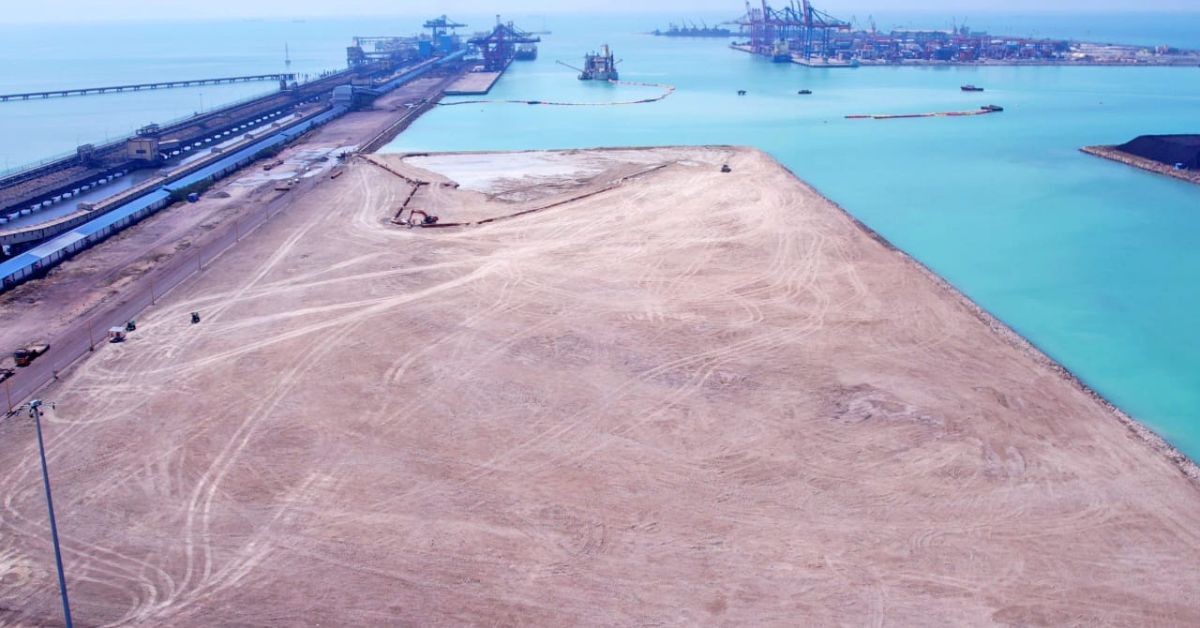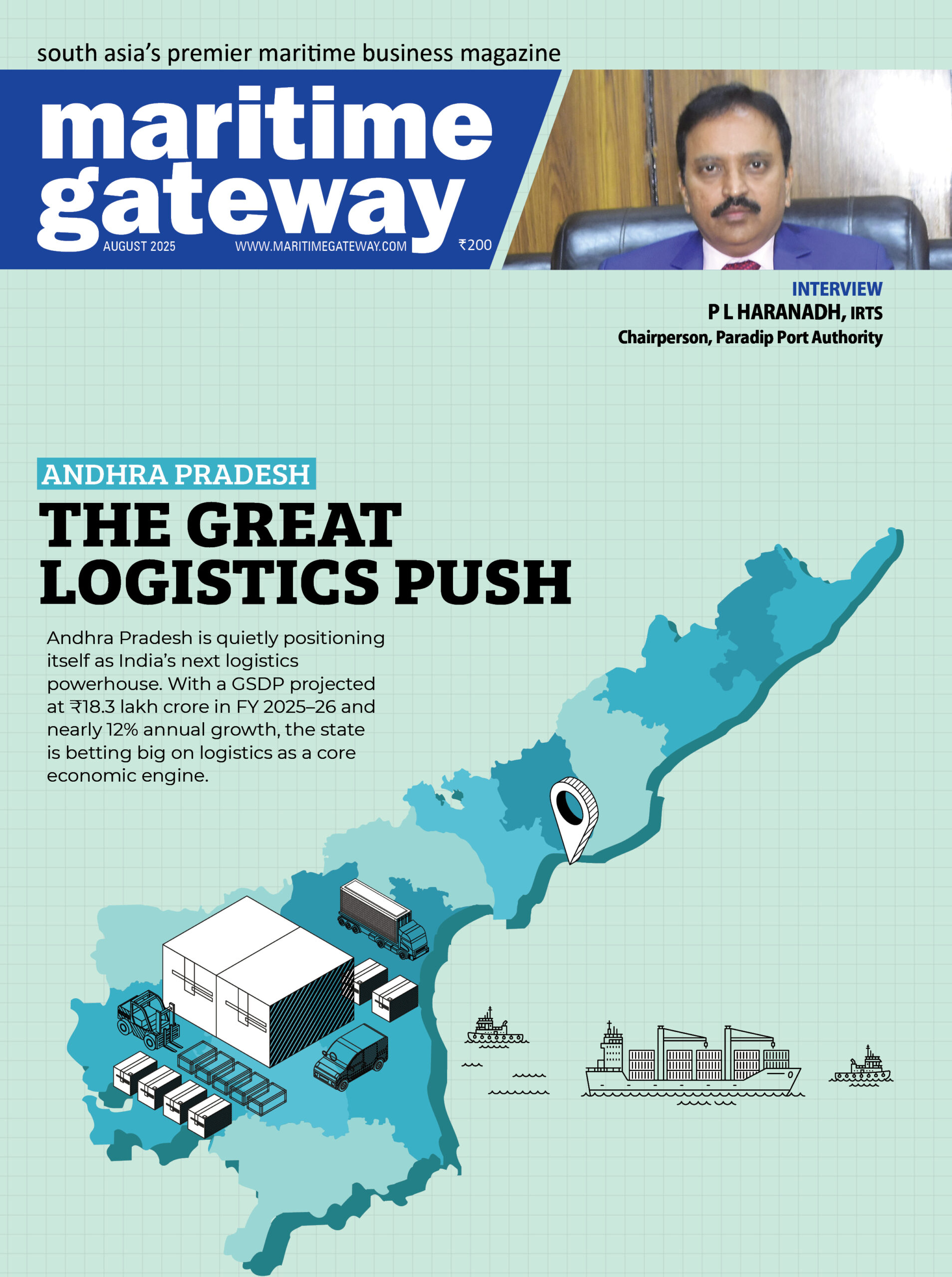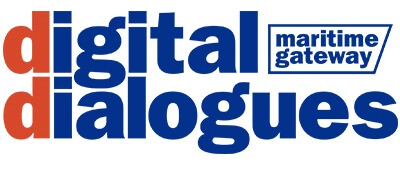V.O. Chidambaranar Port has successfully completed a major dredging in-front of North Cargo Berth-III to a draft of 14.20 metres and has also widened the Turning Circle diameter of the inner harbour from 488 metres to 550 metres. The dredging project commenced on 05.04.2025 and was completed on 16.05.2025, marking a significant step in its efforts to expand capacity by facilitating berthing of larger size bulk carriers and container vessels.
The dredged material generated from the dredging activity was reclaimed in rubble bund dyke on the identified locations near Coal yard and east of Windmill blade storage yard. The dredged material consisting of Calcareous sandstone sand stones and Calcarenite, totalled approximately 8,00,000 cubic meters, resulting in the formation of 11.5 hectares of new land designated for efficient cargo storage.
Traditionally, sediments removed during dredging are considered waste. However, VOC Port has adopted a “Waste to Wealth” approach by effectively utilizing these materials to create land masses, utilizing it for berth backup yards and storage yards. This sustainable strategy not only supports the growing demands of maritime infrastructure but also demonstrates environmental responsibility by repurposing dredged materials that would otherwise be discarded.
VOC Port has carried out multiple capital dredging projects in the years 1999, 2010, 2015, and 2018 to enhance the draft of various berths, the approach channel, and the turning circle. These efforts have resulted in the reclamation of approximately 146 hectares of land. Notable reclaimed areas include the Tuticorin International Container Terminal and the Dakshin Bharat Gateway Terminal, which together provide a backup area of 20 hectares, coal storage yard covering 57 hectares, a windmill blade storage yard with 13 hectares, proposed multi-cargo Berth-10 & storage yard of 8.6 Hectares and 17 Hectares for the upcoming Green Hydrogen /Ammonia Storage firms.
In his message, Susanta Kumar Purohit, IRSEE, Chairperson of V.O. Chidambaranar Port Authority, highlighted that the strategic utilization of dredged material has significantly contributed to the creation of valuable land for new berths and storage yards. He emphasized that this approach also supports environmental conservation by reducing ecological impact, enhances resource efficiency by lowering dependence on conventional construction materials, ensures cost-effectiveness by replacing traditional landfill materials which costs around Rs.600 Cubic Metre, and promotes regulatory compliance in line with environmental standards.









